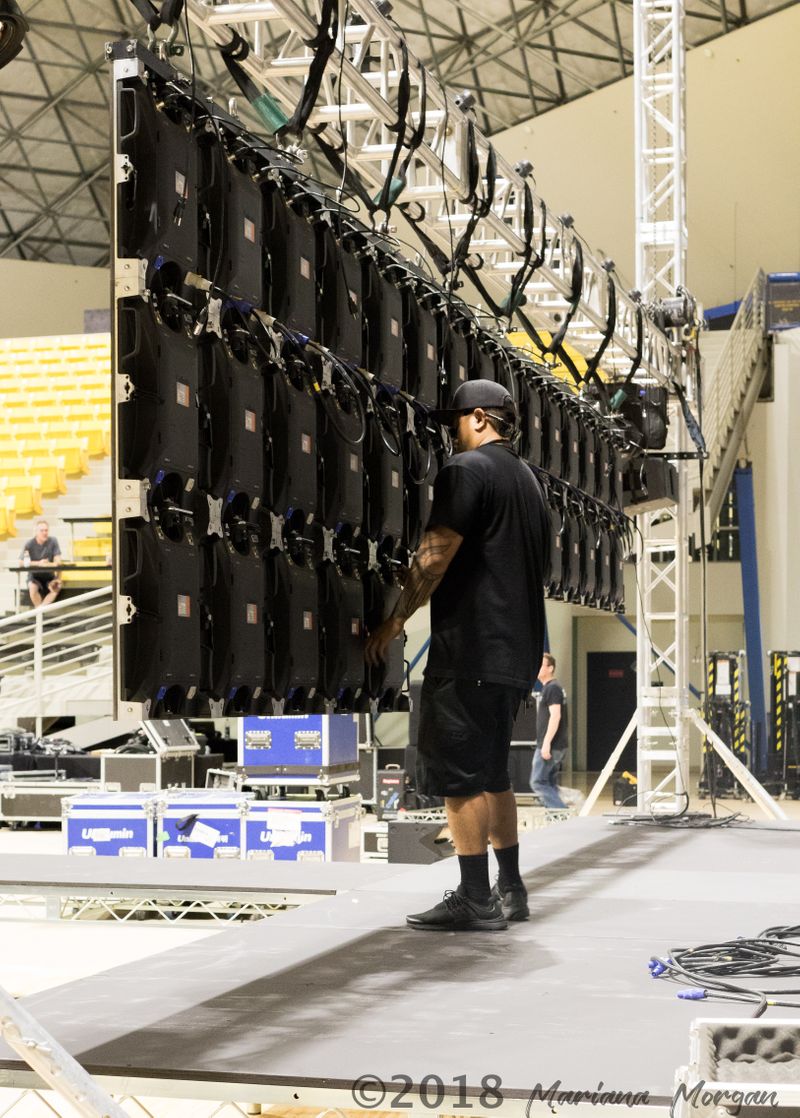
Traditional screen technologies, like CRTs, have been around for many years. They were frequently used in TVs and PC monitors. However, CRTs have a limited lifespan, typically lasting approximately 10,000 to 20,000 hours of use. This means that after a couple years, users may observe a decline in picture clarity, such as dimming or color deformation. In contrast, LED wall screens can last considerably longer, often exceeding 50,000 hrs. This prolonged lifespan means that users can experience consistent functionality without the requirement for frequent substitutions.
Another crucial factor to consider is power efficiency. LED wall screens utilize less power than traditional screens, which not only benefits the environment but also reduces power expenses. For example, while a CRT monitor may consume around 100 W of energy, an LED panel can use as few as 30 to 50 watts. This discrepancy in power consumption contributes to the total durability of led screen color fidelity testing LED technology, as reduced energy usage generates less thermal energy. Excessive heat can harm electrical components, leading to a reduced duration for traditional displays.
In furthermore to their extended lifespan and energy conservation, LED panel panels also provide superior image quality. They offer more vivid colors and improved differentiation, making them ideal for multiple applications, from advertising to learning displays. The innovation behind LED screens allows for a wider viewing perspective, meaning that visuals stay clear and vibrant even when viewed from the flank. This is a major benefit over traditional screens, which frequently experience from hue distortion and reduced brightness at broader perspectives.
In summary, the longevity of LED wall panels in contrast to conventional screen technologies is a key aspect for buyers to consider. With lifespans that can exceed 50,000 hours, power conservation, and enhanced image quality, LED technology offers many advantages. As innovation continues to progress, LED wall panels are likely to become even more common in multiple environments. Grasping these distinctions can help individuals and organizations make better choices when purchasing in display innovation, guaranteeing they get the optimal value for their needs.